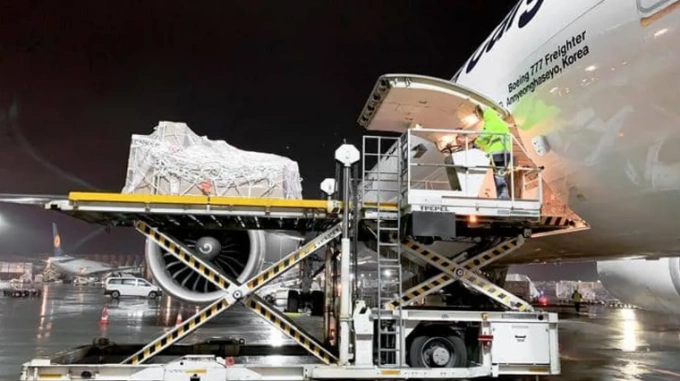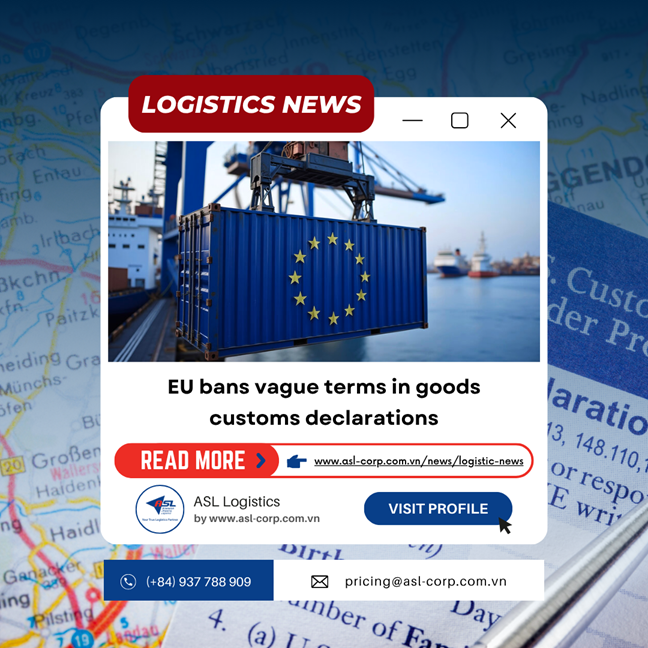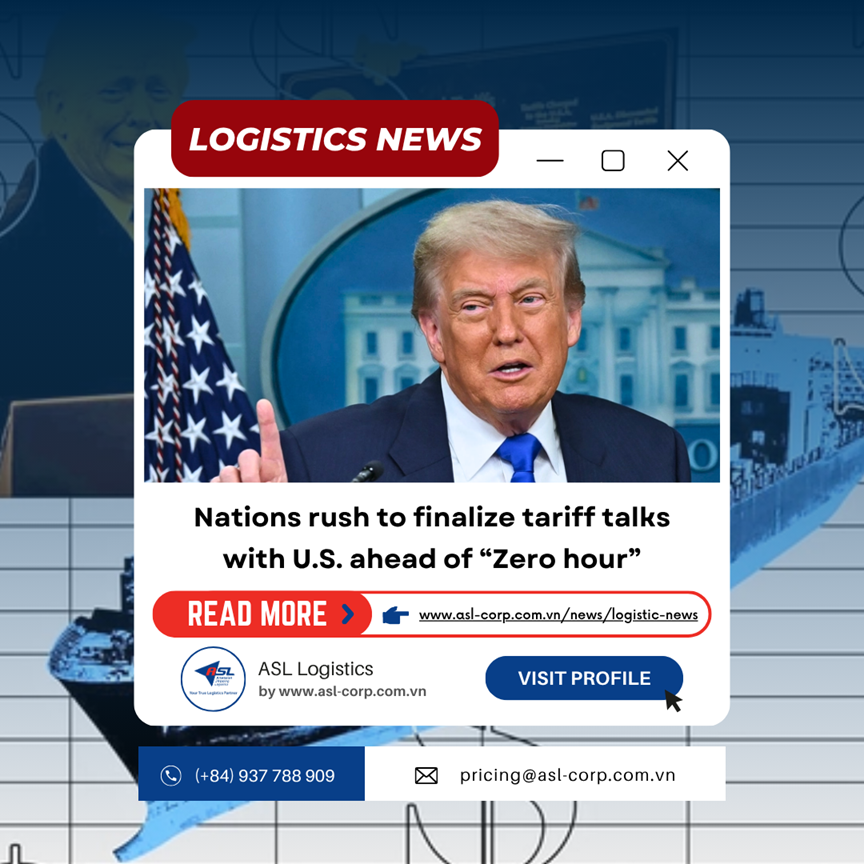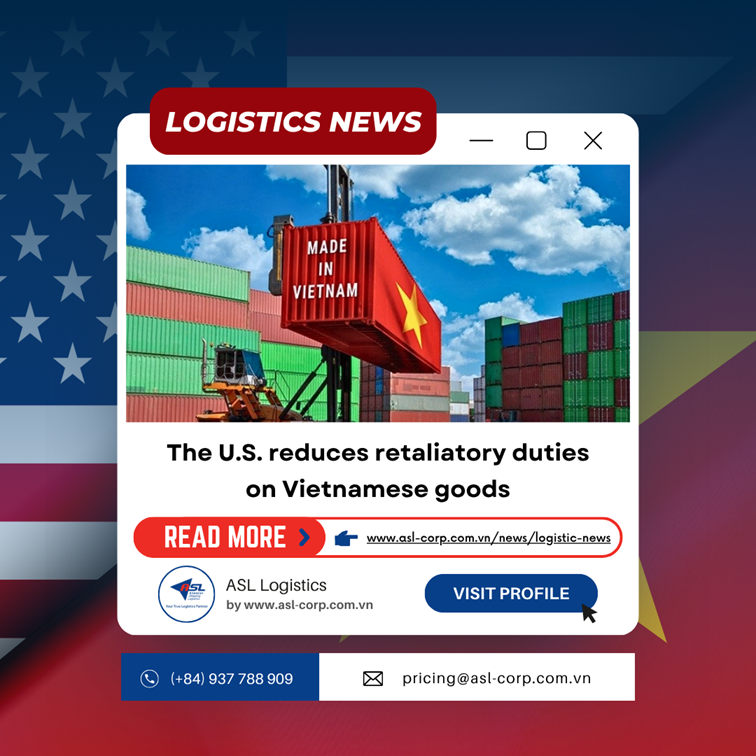Logistic News
GLOBAL AIR FREIGHT RATES DECLINE
08 July 2025
Amid market uncertainty driven by trade tensions and tariff changes, international air freight rates are trending downward, according to a newly released report from Xeneta.
This past May, air freight spot rates recorded their first decline in a year. According to Xeneta, the global average rate fell to $2.44 per kilogram, down 4% year-on-year. Meanwhile, air cargo volumes rose by 6% compared to the previous year, indicating a growing imbalance between supply and demand in the market.
The China–U.S. route was not immune to this trend. However, by June 1, rates had rebounded to $4.31 per kilogram, marking a 14% increase from the low point in the week ending May 11—mainly driven by a surge in cargo consolidation ahead of the expiration of a 90-day tariff exemption.

Cargo is loaded onto an aircraft in Frankfurt en route to Hong Kong. Photo: DB Schenker
Pressure from Uncertainty
Niall van de Wouw, Xeneta’s Airfreight Director, noted that the market is under downward pricing pressure driven by caution among carriers and customers amid ongoing uncertainty in global trade. “As trade stabilizes and the need for the speed and security of air transport diminishes, rates may continue to fall,” he stated.
Although the U.S. announced a 90-day tariff extension in May, the move was seen as coming too late to reverse the softening price trend. “The financial impact of tariffs is far greater than the cost difference between air and ocean freight. This is one of the clearest reasons businesses turn to air freight—if it helps them avoid tariffs,” van de Wouw emphasized.
Still, the current environment remains highly volatile. Airlines are expected to accelerate rate negotiations and may show greater flexibility in agreements to ensure consistent cargo volumes.
Volatility from Tariff Policies
The U.S. decision to end the "de minimis" tax exemption policy as of May 2 disrupted the market, reducing the flow of low-value goods from China and Hong Kong into the U.S. This has led to excess air freight capacity, forcing some carriers to adjust flight schedules and restructure their networks.
Xeneta reported that some manufacturers have started to shift production away from China toward countries with lower tariffs when exporting to the U.S. While flight routes remain mostly unchanged, the origin points are gradually shifting to align with new supply sources.
To ease market pressure, the U.S. reduced duties on low-value e-commerce goods from China and Hong Kong to 54%, or a flat rate of $100 per shipment—helping to partially stabilize the market.
Forecasting New Waves
Experts anticipate a short-term surge in air cargo volumes as businesses rush shipments ahead of key tariff deadlines—July 9 for most countries and August 13 for China.
This "frontloading" trend to dodge tariffs is also evident in ocean freight, with the Port of Los Angeles reporting a sharp spike in volumes in March.
According to Xeneta, developments in the container shipping market may offer a preview of what’s to come for air cargo, due to longer ordering and shipping cycles. “Some air lanes may currently see high demand, but if a trade agreement is reached, we don’t expect that to stimulate trade—in fact, it could reduce airfreight demand,” van de Wouw concluded.

Head Office
ASL Hồ Chí Minh
Số 31/34A Ung Văn Khiêm, Phường Thạnh Mỹ Tây, TP. Hồ Chí Minh, Việt Nam
 Công Ty Cổ Phần Giao Nhận Vận Tải Mỹ Á
Công Ty Cổ Phần Giao Nhận Vận Tải Mỹ Á
 (+84)28 3512 9759
(+84)28 3512 9759
 (+84)28 3512 9758
(+84)28 3512 9758
 pricing@asl-corp.com.vn
pricing@asl-corp.com.vn
 mdirector@asl-corp.com.vn
mdirector@asl-corp.com.vn
 www.asl-corp.com.vn
www.asl-corp.com.vn
LOGISTICS SERVICES











.png)
.png)

.png)



